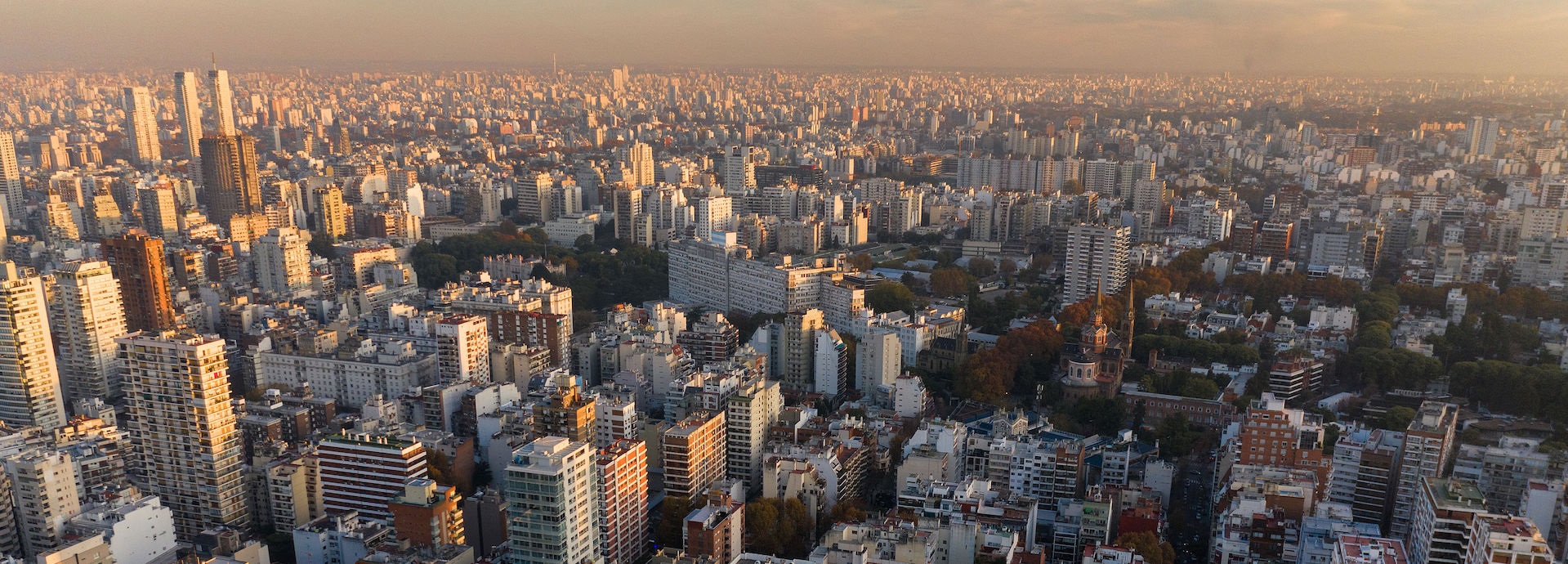

For millions already feeling the impacts of climate change, the global response must seem glacially slow. From a five-fold increase in natural disasters in the last 50 years to mounting deaths from heat-related causes – particularly in less wealthy urban areas – climate warming is disproportionately affecting those least resourced to cope.
“Climate change is deeply intertwined with global patterns of inequality,” explains Eliot Levine, Director of Environment, Energy and Climate at Mercy Corps, a US-based humanitarian group. “The most fragile and vulnerable countries and social groups often bear the brunt of climate change yet contribute least to the crisis in terms of emissions.”
This is borne out across low-lying and island populations, where rising sea levels are contributing to greater flooding and coastal erosion, and particularly in Asian and African nations, where a global increase in the frequency and intensity of storms and natural disasters is being felt most acutely. Meanwhile, according to the WWF, by 2025, two-thirds of the world’s population may face water shortages, with scarcity most impacting people in India, Bangladesh, and Myanmar.
“Only a quarter of bilateral climate financing and less than half of major multilateral funding targets countries most vulnerable to climate change,” Levine adds. “But to tackle climate change, we must fight for social and economic justice for everyone.”
Acting locally
While more decisive action is needed at the international governance and big industry levels, in the meantime, mitigation and adaptation at a grass roots level can also save lives and insulate the global population against economic and scarcity shocks.
“There needs to be more effort towards helping populations cope with what they are already experiencing,” says Levine. “Failing to do this will result in a huge human toll, also severely undermining long-term global economic prospects.”
In light of this, many non-government actors are working hard for change. Around the globe, from South America to China, initiatives are underway to research and sow flood-and-drought-resistant crops and improve water conservation, and NGOs like Mercy Corps are also focusing on improving community resilience. From generating sustainable energy and water supplies to risk mapping tools and resilience hubs, the focus is on boosting capacity for disaster readiness.
Like many other climate impacts, urban heating is critically tied in with the power structures and institutions in place that have made marginalised groups disproportionately exposed
Meanwhile, from Los Angeles to Sydney, the world’s largest cities are being forced to re-design urban areas. More people die from extreme heat than all other disasters combined.
Hot in the city
Kelly Turner, Associate Professor of Urban Planning and Geography at UCLA, is mapping extreme heat and its impacts across urban environments and demographics. Her hometown of LA demonstrates environmental inequality in a microcosm. Nearly 20% of the city’s trees are in the wealthy and white northern suburbs, home to just one percent of the urban population, resulting in sweltering “local climate zones” where the ambient temperature can be up to 10 degrees Celsius higher.
“Like many other climate impacts, urban heating is critically tied in with the power structures and institutions in place that have made marginalised groups disproportionately exposed,” says Turner. “There is a disinvestment in green space in these neighbourhoods, plus historical practices that keep low-income communities segregated.”
The dangers of heat are pernicious. Research suggests that as the mercury rises, so too do levels of violent crime. Extreme heat also correlates with poorer student learning outcomes.
“The bright spot is that we can do something about it,” says Turner, whose research is showing untapped potential across US major cities in terms of urban design – and it’s not all about planting trees. It’s about the right strategy and the right context. Multi-storey structures with atriums, canopies and courtyards can have huge implications for health and lifestyle in marginalised communities, while also providing other benefits of high-density housing.
“There are many options on the table, but we need clear, actionable goals that can be monitored. And most importantly, we need to be making sure those most affected can access the solutions,” she says.
Communities in need of help
The World Bank estimates that climate change impacts could push more than 100 million people below the poverty line by 2030. However, a more equitable alternative exist.
Those who are best resourced to tackle climate change – such as the world’s largest emitters and consumers – must step up to lead and finance adaptation efforts where they are needed most, emphasises Mercy Corps’ climate expert.
“Climate adaptation done right will lead to better growth and development, save lives, reduce inequality and create opportunities around the world,” says Levine. “But local communities can’t do it on their own.”
Did you like this? Subscribe to Insights updates!
Once every six weeks, you will get the top picks – the latest and the greatest pieces – from this Insights channel by email.

